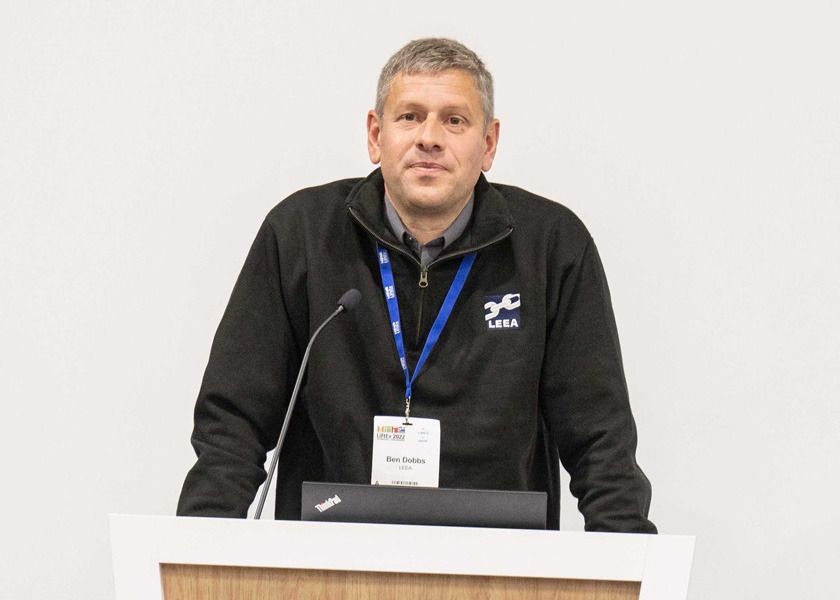
An education in safety
Ben Dobbs, Head of Technical Services at the Lifting Equipment Engineers Association (LEEA) points to PUWER 1998 and LOLER 1998 as forming the basis of an education on safe practice in lifting.
At LEEA, we are always keen to promote understanding of legal obligations with regards to lifting equipment in several areas, namely: pre-use checks, inspection, maintenance and Thorough Examination. It is vital to raise awareness of this issue and to educate end users to ensure the safest possible practice.
The education begins with two very important pieces of legislation: PUWER 1998 and LOLER 1998. According to PUWER, lifting equipment must be suitable for the intended use and meet the essential health and safety requirements of Directive 2006/42/EC. It must be maintained and inspected at regular intervals to ensure it is kept in a safe condition. And the equipment must be used by people who have received adequate information, instruction and training.
Meanwhile, LOLER requires that Lifting Equipment is Thoroughly Examined:
- before it enters service, unless supplied with an EC Declaration of Conformity issued not more than 12 months before the equipment is put into service, or
- every 6 months for people carrying equipment and lifting accessories or
- every 12 months for lifting machines, or
- after exceptional circumstances, or in accordance with a written examination scheme.
There are three levels of checking. The first is pre-use checking, which is to be carried out by the operator of the equipment before each use. This involves looking for signs of damage or other features such as dents, cuts, tears, permanent deformations, abnormal noises and changes in function. Any such findings, should be reported to the inspection / maintenance personnel and, if necessary, the equipment should be removed from service.
Routine inspection and maintenance is the second level of checking. This task is often completed at the same time, usually by the inspection and maintenance personnel. The periods between planned inspection and maintenance will depend upon a risk assessment based on the use of the equipment, environmental conditions, hazards and cyclic rate of use. Inspections can be limited to critical components identified in the risk assessment. Where defects are reported, corrective action must be carried out.
The final level of checking is Thorough Examination, which must only be carried out by a Competent Person, who must have sufficient theoretical and practical knowledge of the equipment that they are examining. Thy will identify defects and assess their importance in terms of the continued safety of the equipment. Of course, if pre-use checks and routine inspection/maintenance are carried out properly, then Thorough Examinations should not find any defects.
If defects are found, it may highlight several factors. These may include possible issues with the inspection/maintenance regime, the competency of the inspectors or maintainers (a lack of product knowledge and its limitations), and the product’s fitness for purpose.
Thorough Examinations can be used as a safety net used to identify potential problems within your inspection/maintenance regime. They can also provide a means of improvement and prevention of recurrence.
Finally, it is always worth remembering with these issues the importance of seeking out a LEEA member. Members are fully audited and trained to ensure they offer excellence and compliance to standards and legislation.



